12 of the best Cambridge Audio products of all time
At more than 50 years old, this British audio powerhouse has built a rich history and more than a few amps
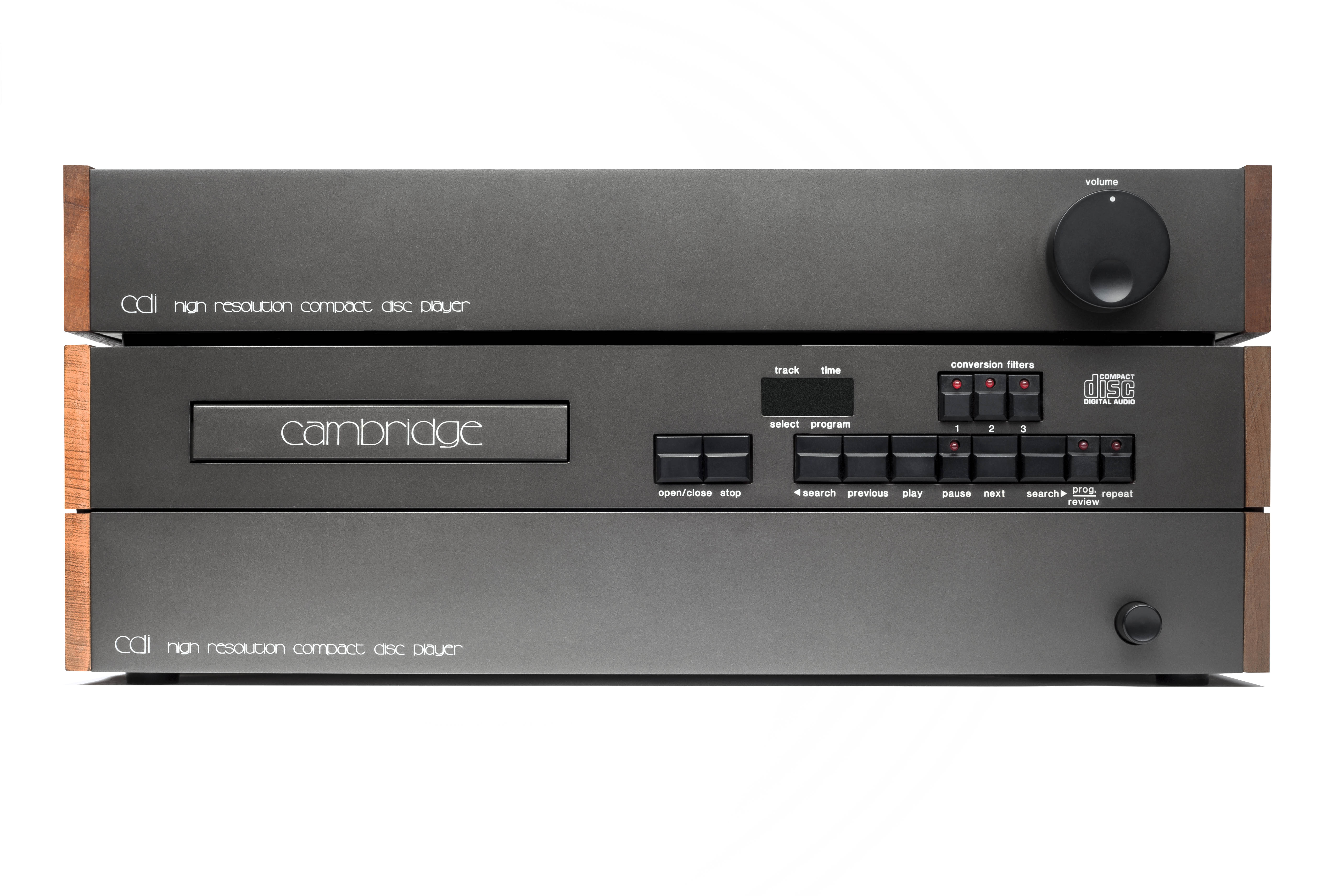
In the early 1960s, before it became known as ‘Silicon Fen’, the small university city of Cambridge, long a magnet for scientists and engineers, started to attract a new breed of technologically minded entrepreneurs.
It was in this stimulating environment, with networks of like-minded people, that a group of young graduates decided to establish an R&D prototyping business at the old Enderby’s Mill in St. Ives, Cambridge: Cambridge Consultants.
By 1968, the company had grown to include a sub-division, Cambridge Audio. The small team led by Gordon Edge, a scientist with a head for a business who would go on to become a key figure in the Cambridge technology sector, was tasked with addressing a particular problem – how to create a hi-fi that could deliver the ‘Great British Sound’ into people’s homes.
British bands and recording studios had become a dominating force in music, and Cambridge Audio wanted to deliver a ‘neutrally British’, uncoloured and balanced sound that let the original recordings shine. And that ethos continues today. The company's designs have always been minimalist and necessity driven: from the upside-down labels on the back panels for easy reading when setting up, to a rule limiting one switch per function, the customer at home is always considered.
Cambridge Audio has a policy of continuous improvement, whether it’s for high-end or budget equipment, and being relatively small has allowed it to adapt and innovate quickly. The company has a history of upgrading its hardware far more frequently than other UK brands (sometimes to its customers' frustration). Many of the products featured on this list are the results of this culture of research, refinement and frankly borderline obsessive 'Great British' tinkering.
- Read all our British Hi-Fi Week reviews and features
Cambridge Audio P40 Amplifier (1968)

Like many long-established audio firms, Cambridge made its name by releasing the most crucial piece of any hi-fi system: a quality stereo amplifier.
The P40 integrated amp was the company’s first-ever product, developed by Gordon Edge and Peter Lee, who took a simple approach with just a few transistor stages. But they were also willing to take chances, and the P40 became the first-ever amplifier to use toroidal transformers, a nascent technology that just happened to be being manufactured by another local company at the time.
The latest hi-fi, home cinema and tech news, reviews, buying advice and deals, direct to your inbox.
The risk paid off, and these days, toroidal transformers are a standard component inside high-end amplifiers.
While the P50 and P60 amps that followed quickly on its heels offered greater reliability and efficiency (as well as sales), it’s the P40 with its elegant low-contour case from Woodhuysen Design, boldness and longstanding influence that makes it the first of six Cambridge amps on this list.
Cambridge Audio C75 preamp and A75 power amp (1984)
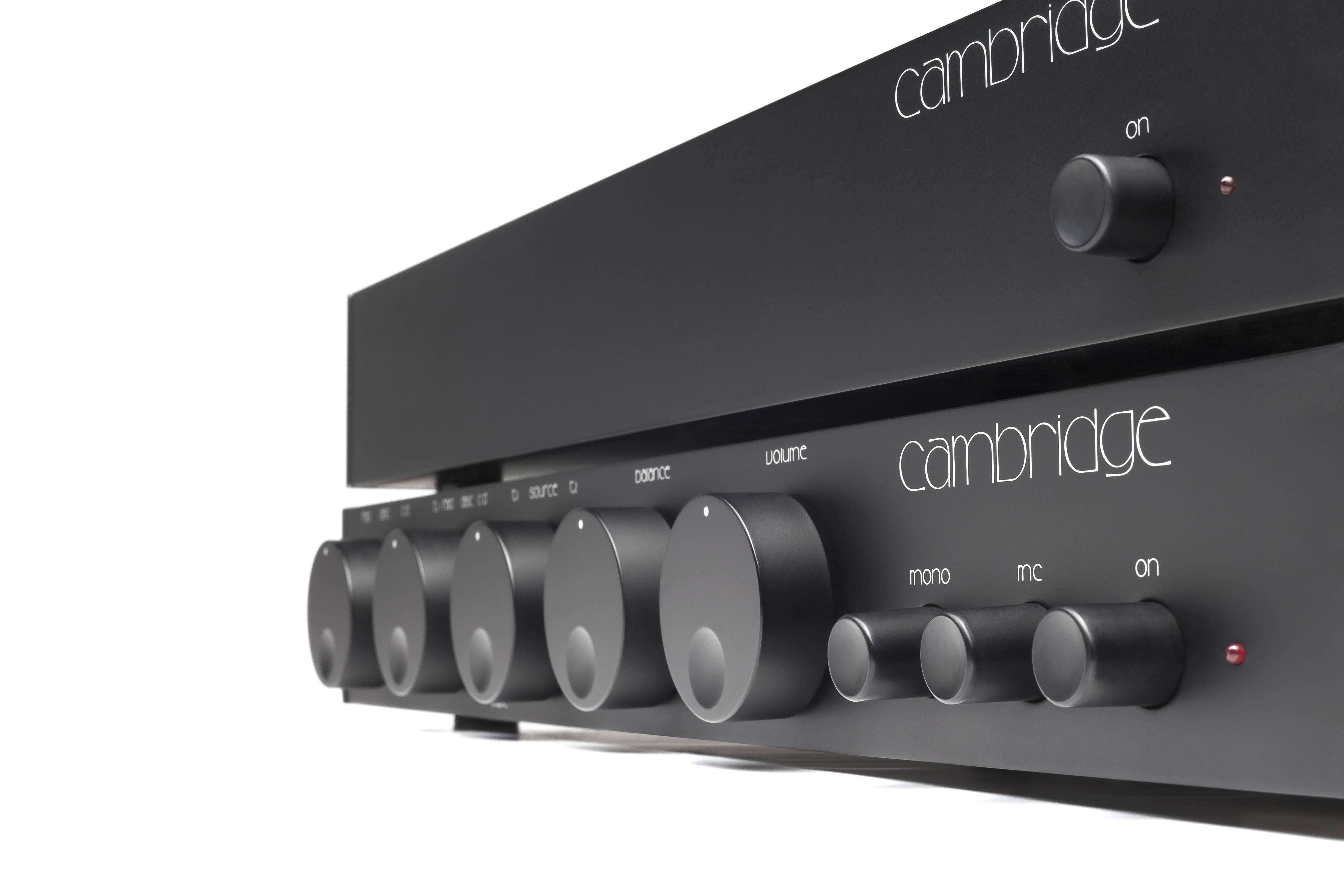
The C75 pre-amplifier and A75 power amplifier were the first of a new generation of Cambridge amps split into two units that could be combined using end panels. The idea was to shield the sensitive input circuitry from the electrically noisy power amplifier, improving the sound and giving better performance.
And the separation didn't stop there. The C75 implemented a phono stage that used a new technique called 'segmented equalisation' whereby the signal current would pass through discrete stages of passive EQ and amplification.
Passive EQ was preferable to an active circuit, as it kept negative feedback consistent across all frequencies and tracked the required RIAA equalisation to very high frequencies. However, it was also prone to increased noise interference and degradation of the dynamic range. By alternating EQ and amplification circuits, Curtis overcame this issue and produced a superb sound in the process.
The A75, for its part, kept Cambridge's trademark toroidal transformer, but added a power supply for each channel, resulting in an impressively high output current capability.
While the C75/A75 combination was costly to build, the level of detail taken in developing the circuitry and careful choice of components ensure its status as one of the best Cambridge products of all time.
Cambridge Audio CD1 (1985)
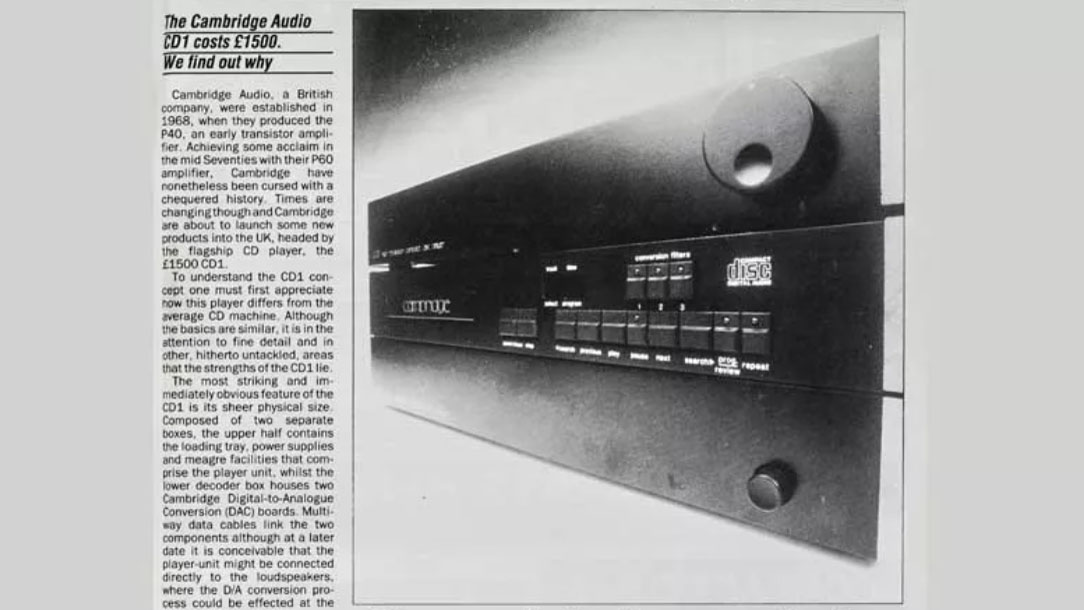
When Cambridge released the CD1, it was the first player to be split into 2 boxes; the upper deck carried the power supply and disc tray while the lower housed the DAC circuitry. A third box was soon added with a quality assurance module that corrected for inaccuracies on the disc.
The DAC section cleverly used three matched 14-bit DACs per channel to cancel out errors; this resulted in a linear performance to -120 dB, an incredible feat at the time. The transport mechanism was mounted on a lead beam to increase isolation, and there were separate power supplies for the digital and analogue circuits.
Another novel feature of the CD1 was the inclusion of playback filters. Different studios were using different pre-conversion filters at the time as there wasn’t yet a standardisation for digitising analogue master tapes to CD. Cambridge recognised that to get true fidelity to the original recording, the digital to analogue conversion performed by a CD player needed to have an accurate mirror image of whichever filter process had occurred to begin with. The company came up with nine filter options for the CD1 meaning that almost every CD could be played back faithfully.
Unfortunately, this idea increased the manufacturing cost, which in turn meant that the CD1 cost a small fortune – at £1500 – double the cost of most other players at the time. Still, despite the price, its ability to read the fine detail on discs accurately made it hugely popular with music lovers and CD manufacturers alike.
Cambridge Audio A1 Amplifier (1995)

The A1 was the company's first product after being bought in 1994 by James Johnson-Flint and Julian Richer. Keen to make their mark, they hired the prodigious designer Mike Creek and tasked him with delivering the A1 in only one month.
A true classic budget design, costing £80, the Cambridge Audio A1 integrated amplifier brought low-priced high performance to the masses. Even a more premium upgraded version with improved circuitry and toroidal transformers cost a mere £20 more.
The A1 maintained Cambridge's principle of simplicity while bringing a new definition of quality to an affordable price range. It went on to become one of their best selling products ever.
Cambridge Audio DacMagic (1996)

The DacMagic was one of the last of the original generation of DACs. Unassuming to look at it had a lot to show for its £150 price point, raising the standard for the amount of functionality that could be packed into a stand-alone DAC.
By the mid-90s, manufacturing for Cambridge took place primarily in China, which designer John Westlake described as an electronics “candy store”, offering him the flexibility to upgrade to high-end components without the cost becoming prohibitive. As a result, the DacMagic boasted three separate transformers feeding 19 independent power supplies, BNC inputs and outputs, as well as balanced outputs on two gold-plated XLR connections.
Sonically superb, direct and detailed, the DacMagic earned comparisons to much more expensive equipment, coming out at a time when a CD player with balanced outputs could cost you in the region of £1000. And it gave Cambridge its first outright What Hi-Fi? Award win.
Cambridge Audio CD4SE CD player (1998)
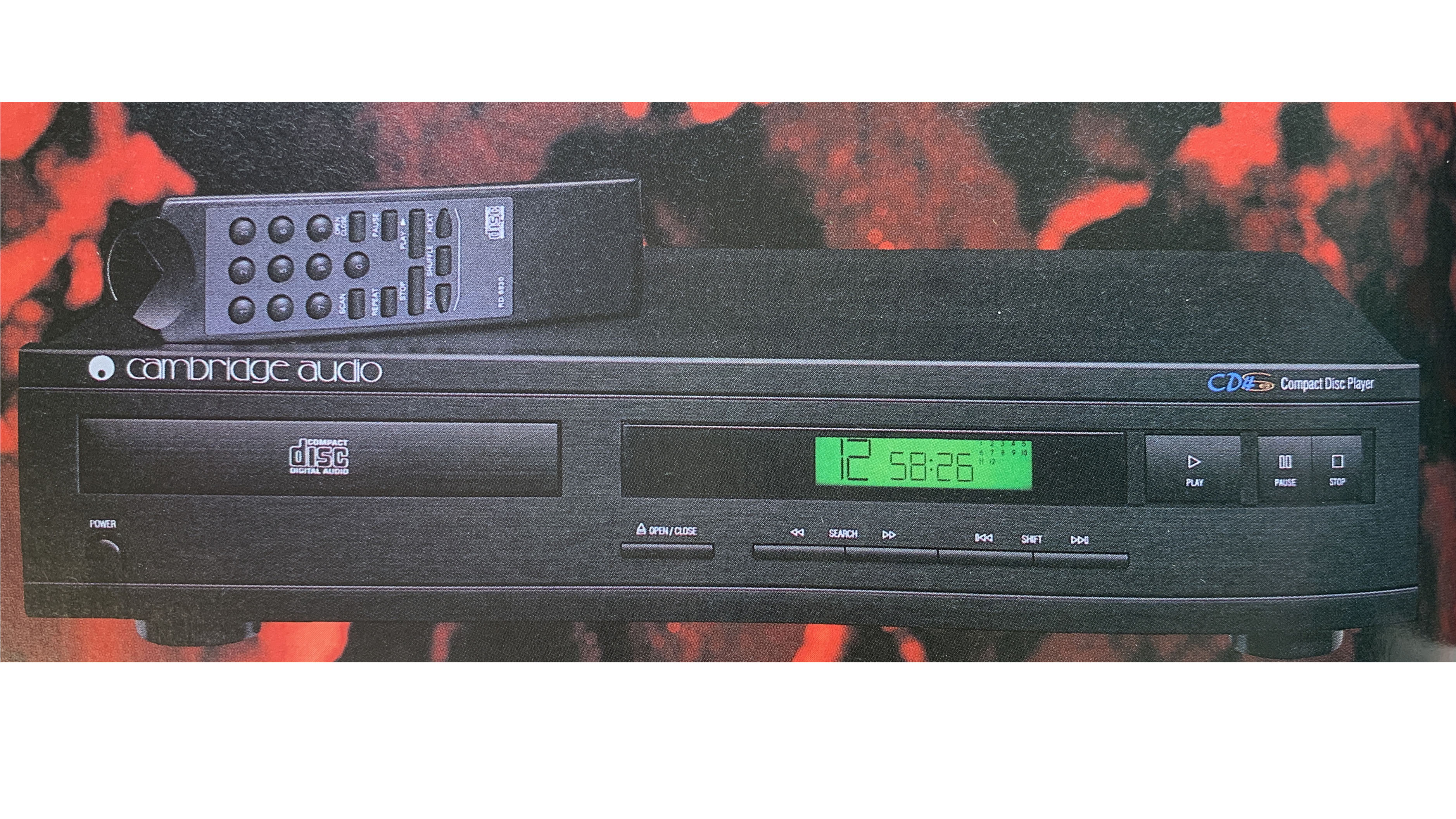
Sometimes an upgrade can feel as though a few stripes have simply been drawn on; on other occasions it takes a good product and elevates it way beyond its original brief.
The latter was the case for the CD4SE. Originally intended to be a special edition of the CD4, it instead became a total revamp. Circuitry was simplified, and the transport functions sharpened up, while the engineers casually deployed a few innovations at the same time.
Cambridge became the first manufacturer to use dual Crystal DACs, which oversampled, offering 20-bit performance. This enhanced the player’s dynamic range while reducing distortion and giving a truly musical performance.
Refinement at this level for the low price of £200 bags the CD4SE a place on our list.
Cambridge Audio Azur 640A Amplifier (2003)
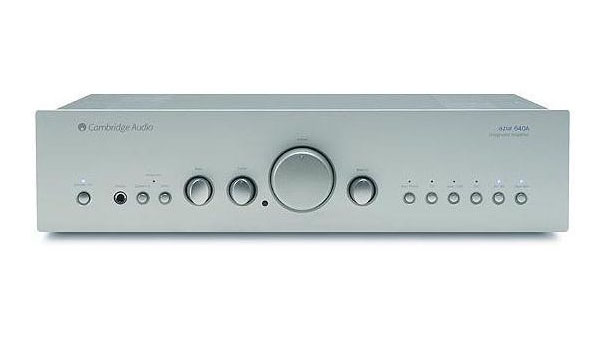
The Azur range epitomised Cambridge’s commitment to high-quality budget equipment, and the formidable 640A integrated amplifier was no exception. When we gave it five stars back in 2003, we described it as “good enough to strike fear in the heart of the establishment”; and it did just that.
Dynamically vivid, the 640A delivered a polished sound, full of fluidity and precision, lacking any hint of the gentle compression that other amps at this price level were prone to employ.
With a pretty muscular 65 Watts per channel, high-quality circuit enhancements and impressive quality of build, the 640A displayed a level of detail that made it a great all-rounder and set it apart from its rivals.
Cambridge Audio Aero 5.1 speakers (2013)
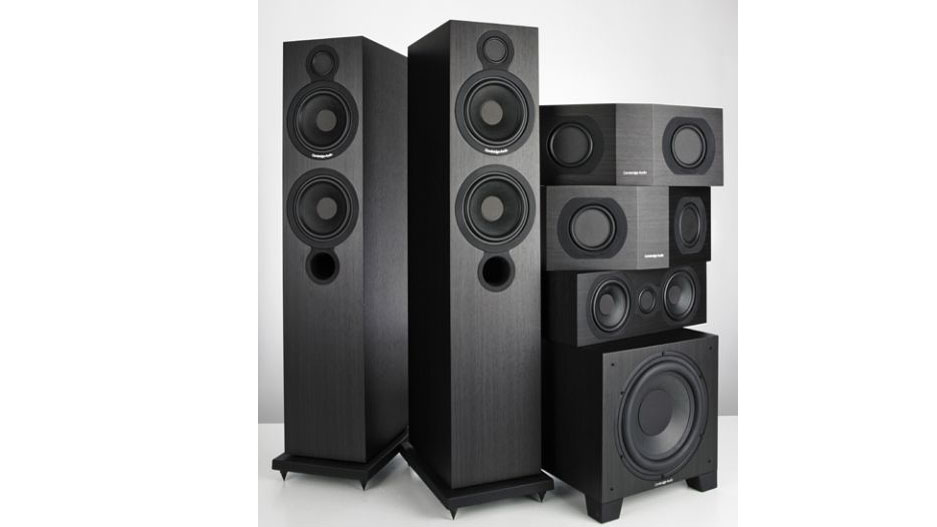
With the introduction of the Aero 5.1 range, Cambridge shifted its focus from making excellent value electronics and sought to become a force in speakers, establishing itself as a serious alternative to the likes of B&W, KEF and Monitor Audio. Going up against such established rivals, the company's solution was to offer something a bit different - BMR (Balanced Mode Radiator) technology.
BMR drivers work like a traditional piston driver for low frequencies, while higher frequencies are produced using a vibration motion across the surface of the speaker diaphragm. This technology allowed the Aero range to reproduce a wide frequency range using just a single small driver, without the need for a separate tweeter. It also meant it could achieve a near 180-degree dispersion, making the sizable boxes flexible to position within the home.
The result was a cohesive sound field with an articulate, detailed and punchy presentation. It’s no surprise that the Aero 5.1 speaker range went on to win What Hi-Fi? Awards in both 2013 and 2014.
- Read our Cambridge Audio Aero 5.1 review
Cambridge Audio CXN Music Streamer (2015)
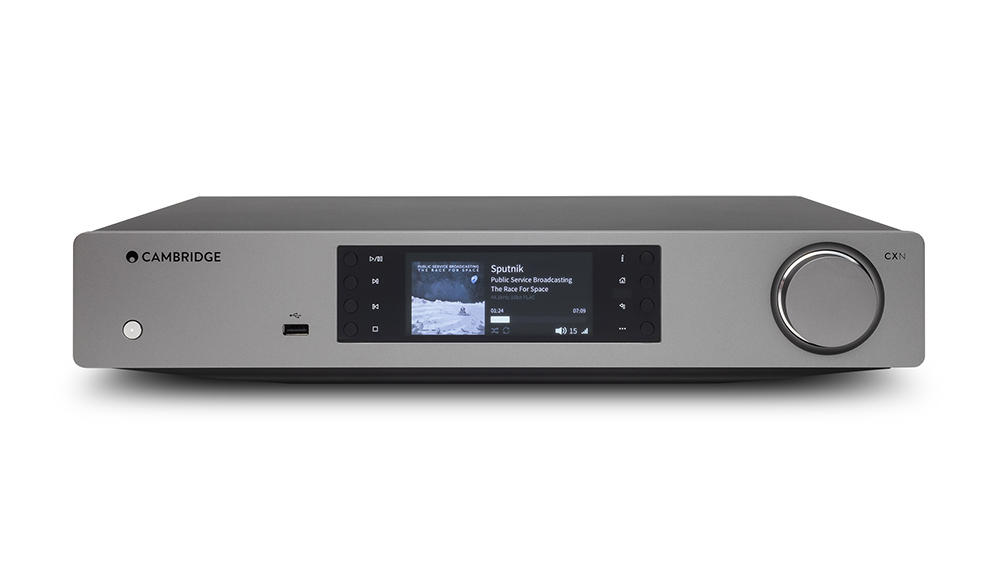
Cambridge was one of the first of the ‘traditional’ hi-fi brands to embrace digital music wholeheartedly by including streamers as part of its core hi-fi ranges. And 2010s NP30, 2013s Audio Stream Magic 6 and 2014s Audio Stream Magic 6 V2 all won What Hi-Fi? Awards.
By 2016, streaming had most definitely gone mainstream with faster connection speeds and wide adoption of subscription services, and Cambridge's response to this trend was sonically game-changing. At £700 when we first reviewed it, the CXN was mid-range only in price, with a fantastic, incisive sound and excellent low-end impact.
Offering a full-colour screen for artwork, third party app support and digital inputs capable of playing high-resolution files of up to 24-bit/192kHz (upsampled to 384kHz), the CXN was packed with future-proofed features to keep it relevant in rapidly changing times. So much so that when the updated CXN V2 (yet another award winner) was released, we were relieved to find that the sound we had come to know and love was still intact.
- Read our Cambridge Audio CXN review
Cambridge Audio Melomania 1 (2019)
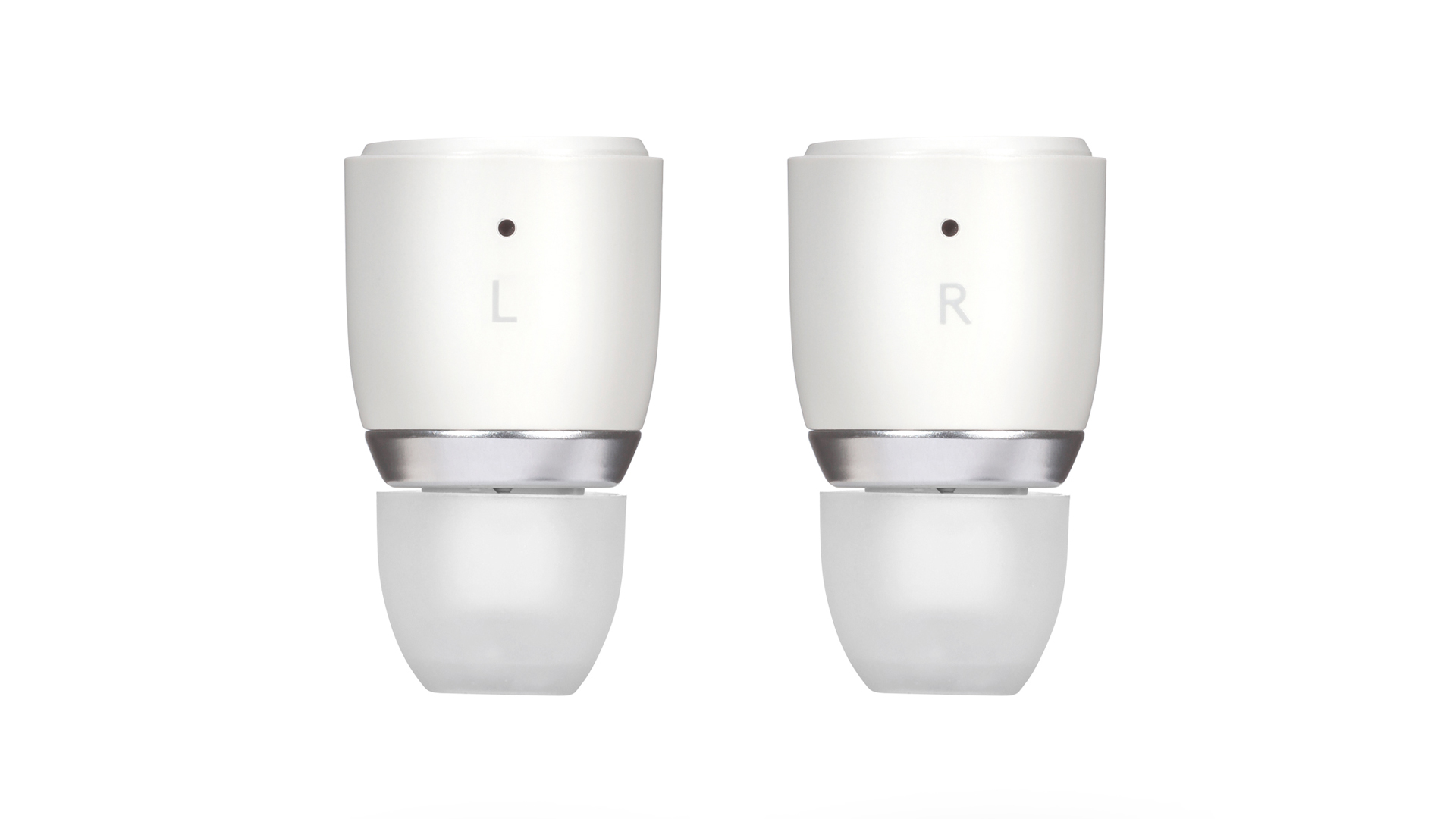
After tentatively dipping a toe into headphone production with a pair of wired earbuds in 2017, Cambridge made a splash with their inaugural true wireless offering, 2019’s Melomania 1.
Literally meaning ‘crazy about music’, these minimalist designed in-ears punched well above their weight, offering an expansive listening experience that few other brands achieve at this price.
Forgoing the bells and whistles of many big brands, Cambridge focused on the basics: battery life, connection stability and above all else, the sonic experience. Melomania 1 delivered on all fronts receiving five stars and best wireless in-ears £75-£150 at the What Hi-Fi? Awards. A great win for a headphones newbie and proof that sonic expertise can still prevail even in the smartfeature-centric world of portable audio.
- Read our Cambridge Audio Melomania 1 review
Cambridge Audio CXA81 amplifier (2019)
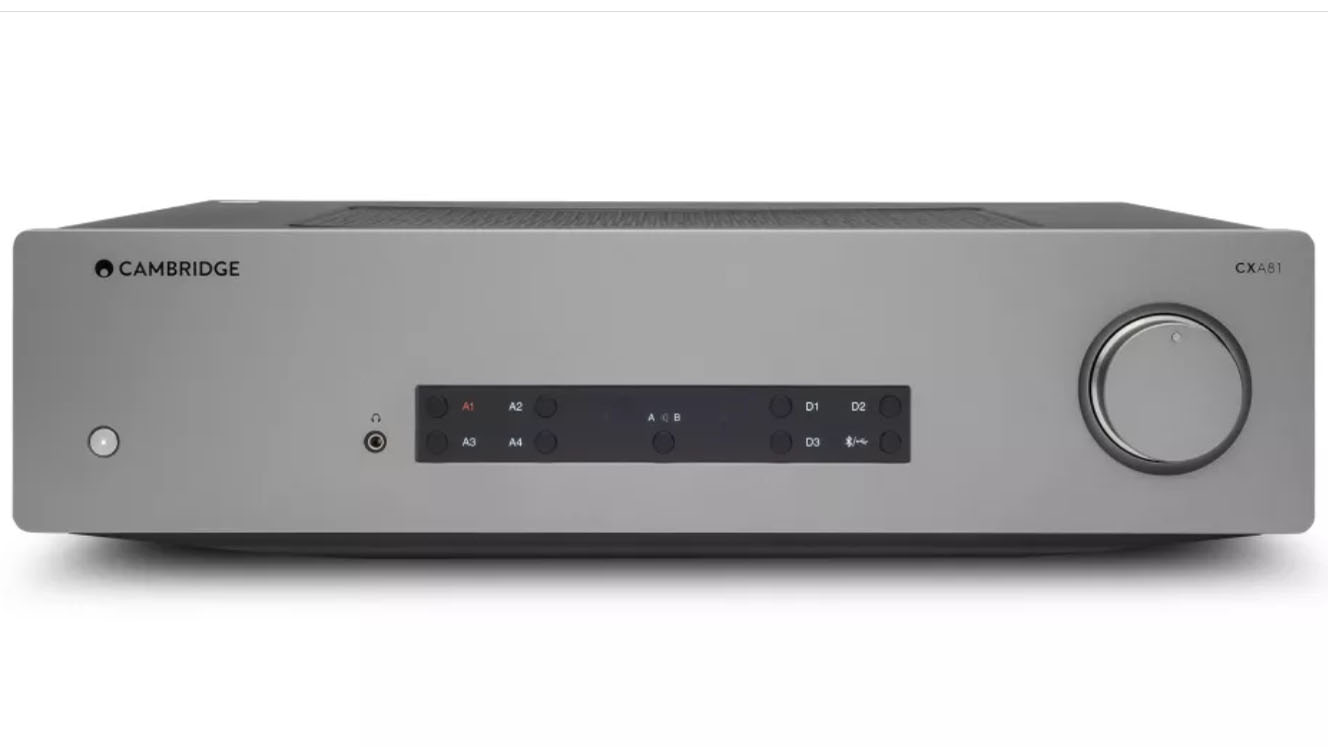
Like other products on this list, the CXA81 started as a mere refurb and turned into a renovation. Cambridge engineers took the four-star CX81 amp and upgraded the op-amps, capacitors and DAC, and in doing so made progress in almost every sonic regard.
Adding to that a USB input supporting audio of up to 32-bit/384kHz, an aptX HD Bluetooth receiver and a pair of Toslink optical inputs, the CXA81 set a new baseline for thousand-pound integrated amplifiers bagging a What Hi-Fi? Award in 2020 in the process.
One thing that the CXA81 was missing, however, was the tone controls that Cambridge had continued to include on their amplifiers long after most manufacturers had dismissed them. The company often cited the consumer's need to adjust the sound to suit their taste, space and playback; but with the CXA81, a new, more purist standard began.
Dominic Baker, technical director at the time, explained the reasoning to the FT saying: “Tone controls came into existence in the days of cassettes, and the very poor sound quality they gave. There’s good reason today to let the music sound how it left the recording studio, which CD and digital allows.”
The CXA81 had a seismic impact on the market, disposing of its rivals with its powerful, dynamic, and astonishingly detailed sound.
- Read our Cambridge Audio CXA81 review
Cambridge Audio Edge A amplifier (2019)

Timed to coincide with the 50th anniversary of Cambridge Audio, the Edge series (named after founder Gordon Edge, not Bono's mate) was the culmination of a three-year process that started with a blank sheet of paper and no time constraints.
Harking back to the P40’s original innovation, the engineers designing the Edge A took toroidal technology one step further by using two opposing transformers to cancel out electromagnetic interference, offering outstanding power and maintaining consistent tonality.
Elsewhere the signal path was shortened as much as possible to reduce significantly the chance of colour or distortion being added to the sound. Capacitors were removed from the signal path, and a DC-coupled topology was introduced to the circuit board.
The result was an impressive sound that won five stars from us. At £4500, the Edge A amplifier is a premium product with a premium price, signalling that, despite its long-term commitment to excellent-quality budget products, Cambridge Audio can still compete at higher price point too.
MORE
Read our Cambridge Audio Edge A review
6 of the best British hi-fi innovations and technologies
A history of KEF speakers, from the K1 to the Concept Blades
Mary is a staff writer at What Hi-Fi? and has over a decade of experience working as a sound engineer mixing live events, music and theatre. Her mixing credits include productions at The National Theatre and in the West End, as well as original musicals composed by Mark Knopfler, Tori Amos, Guy Chambers, Howard Goodall and Dan Gillespie Sells.
